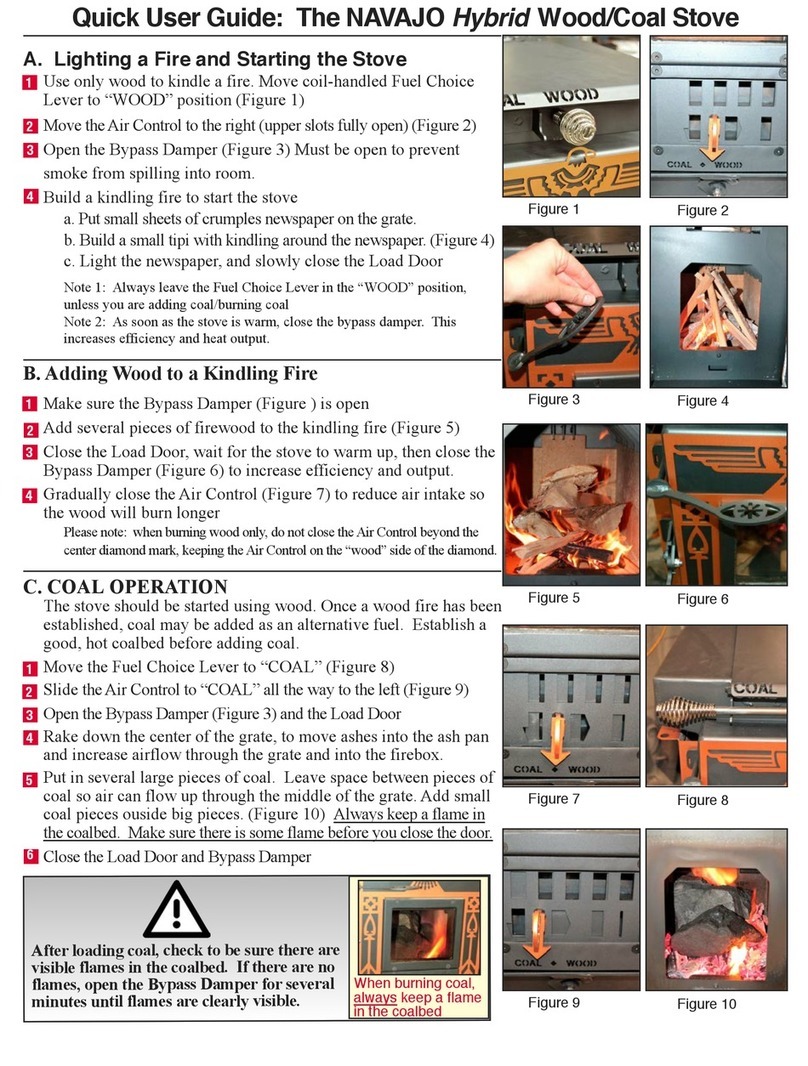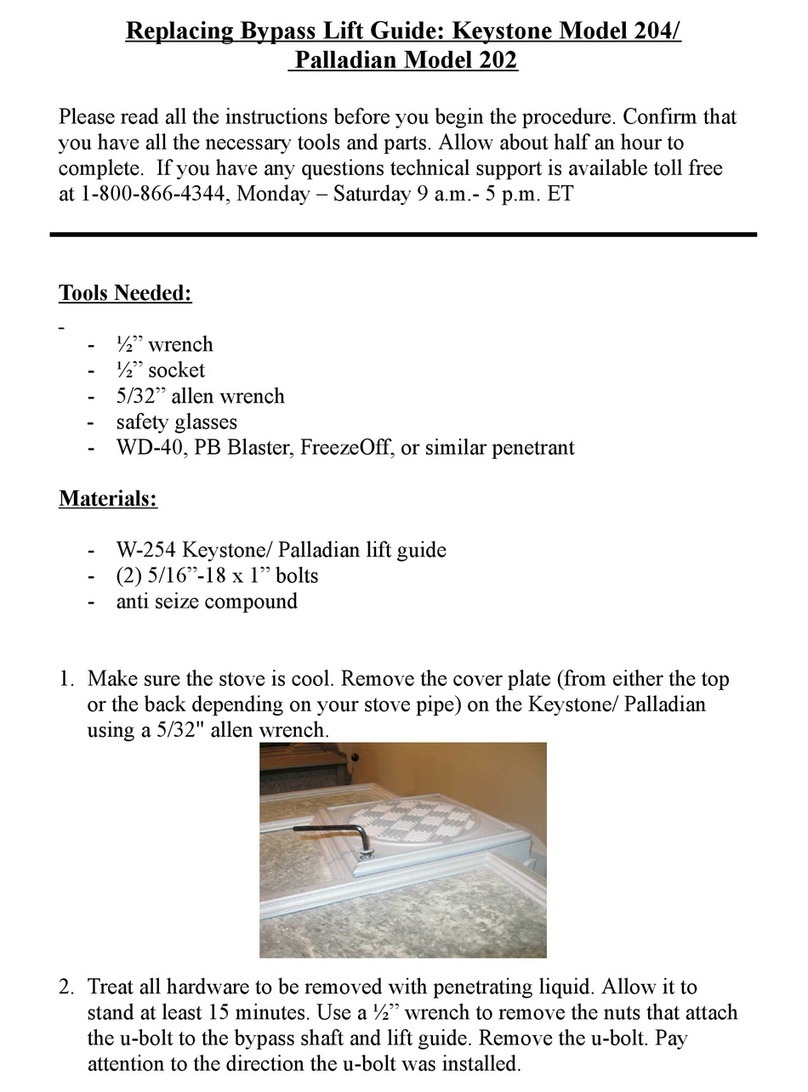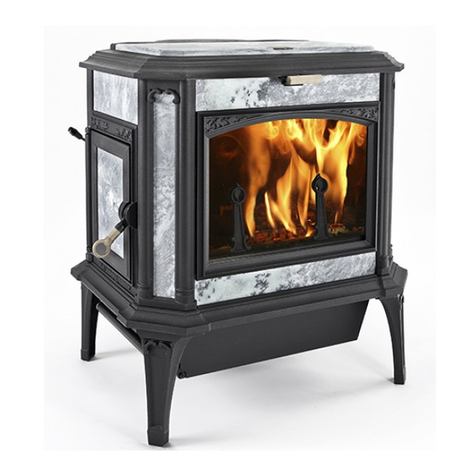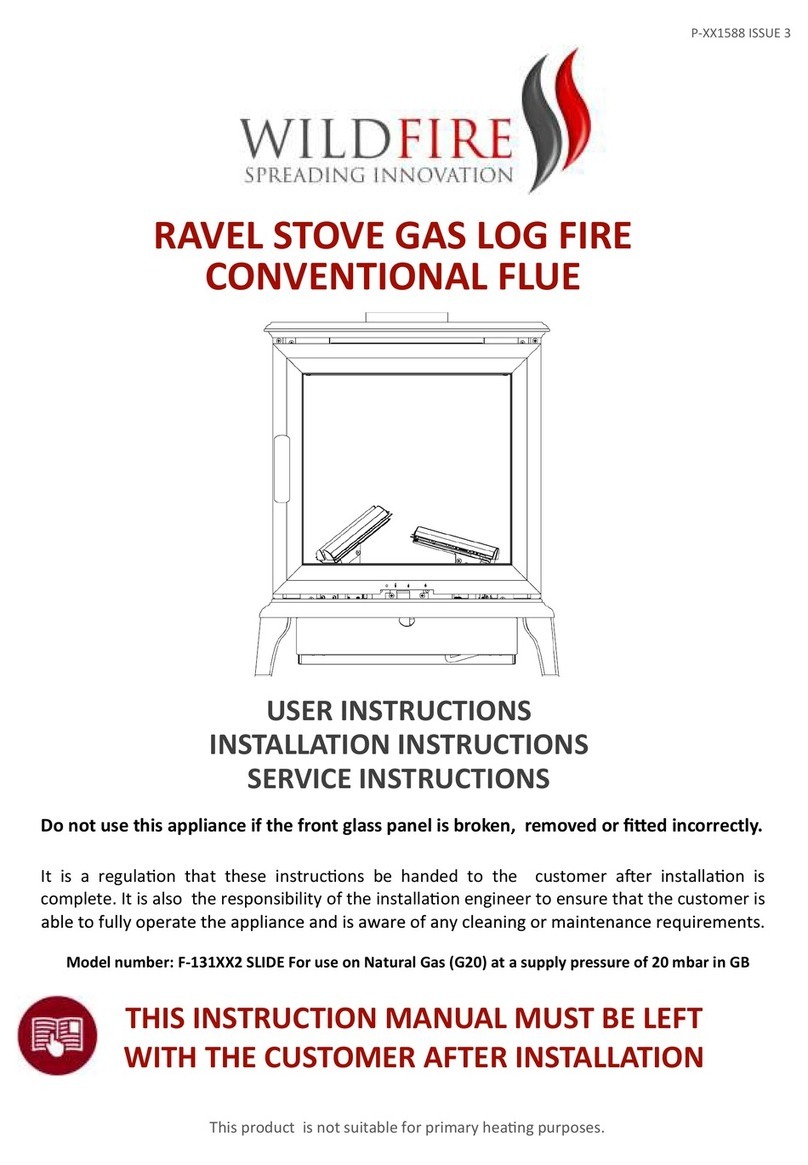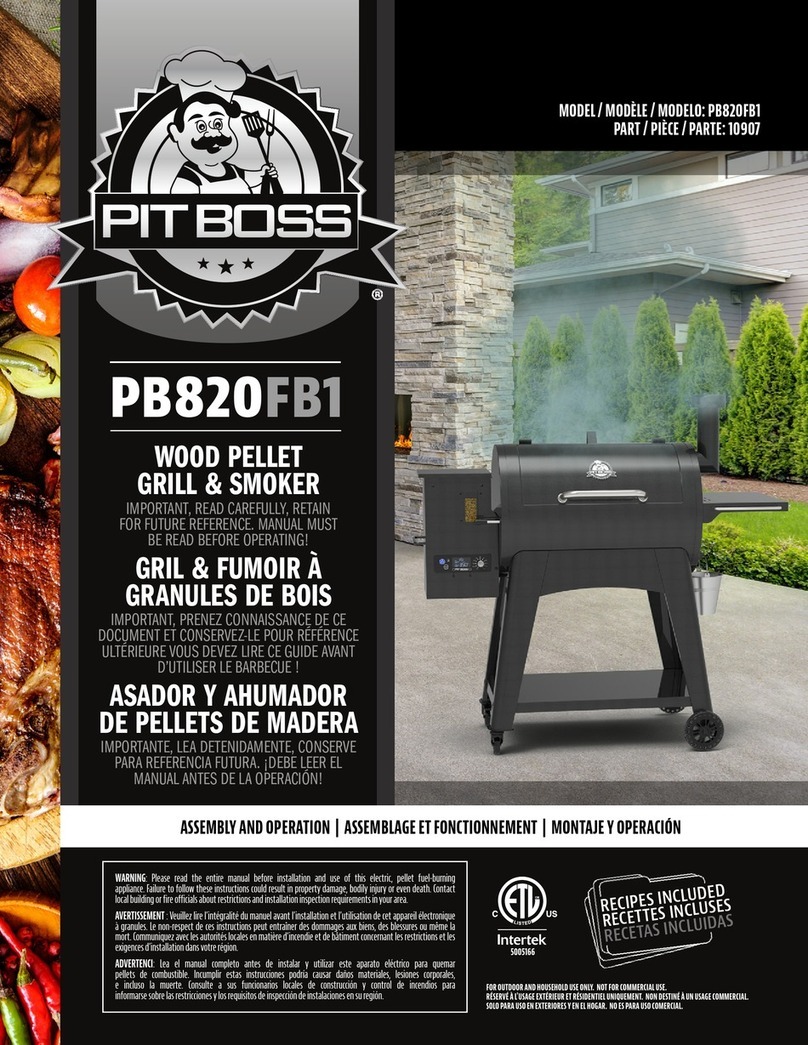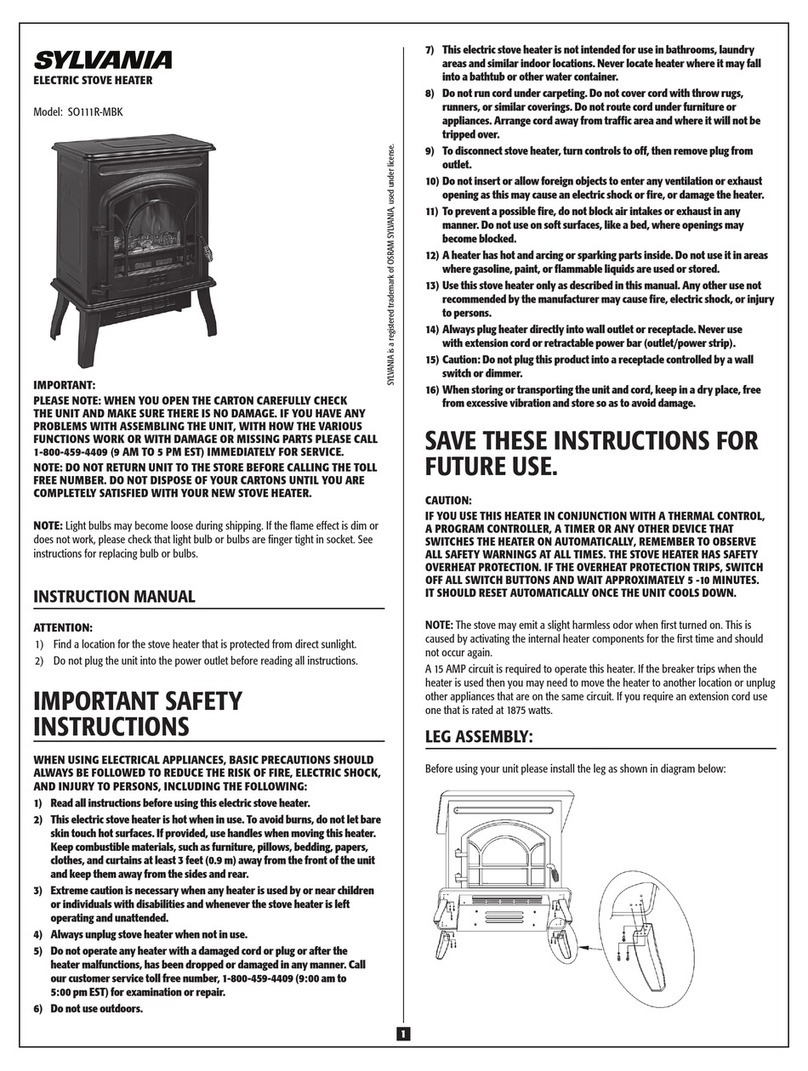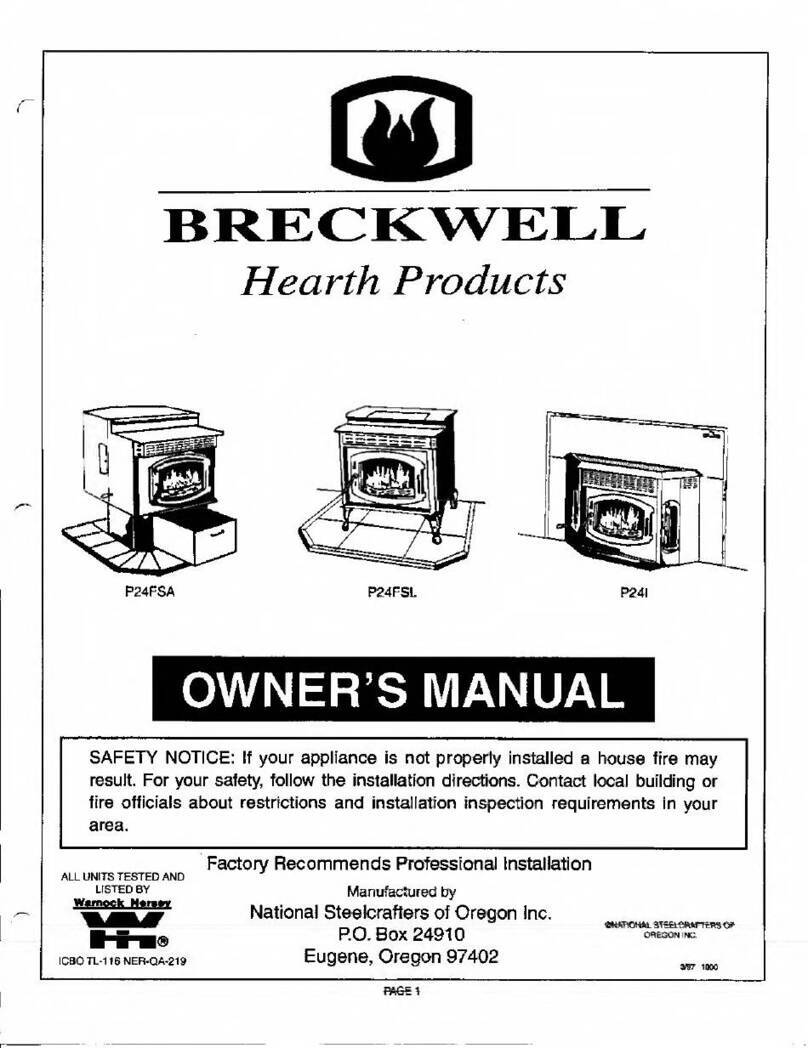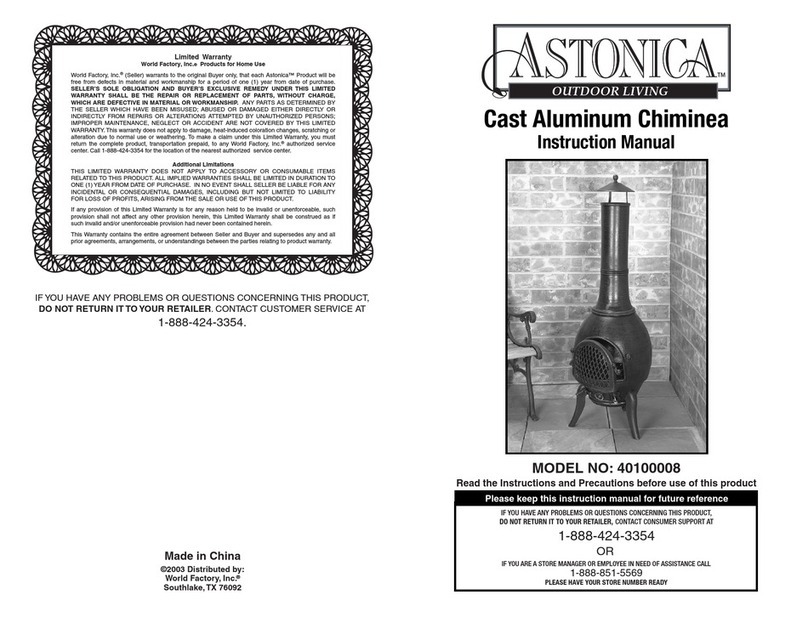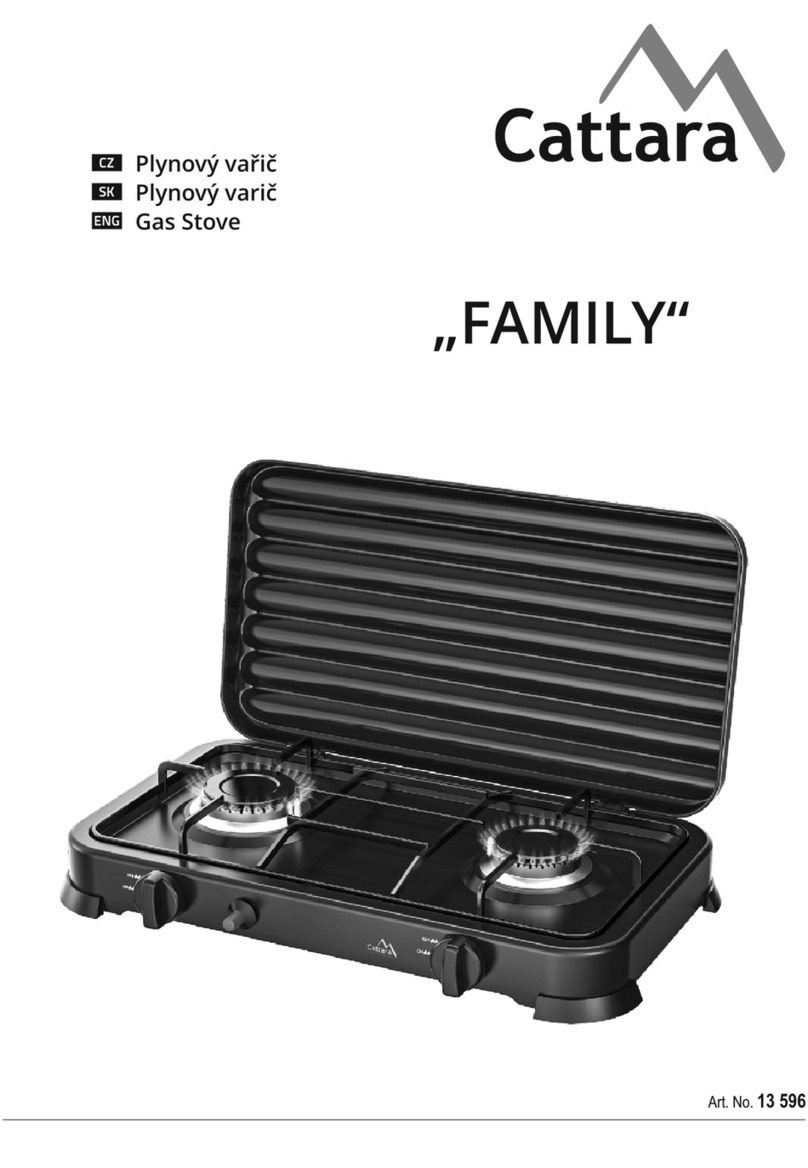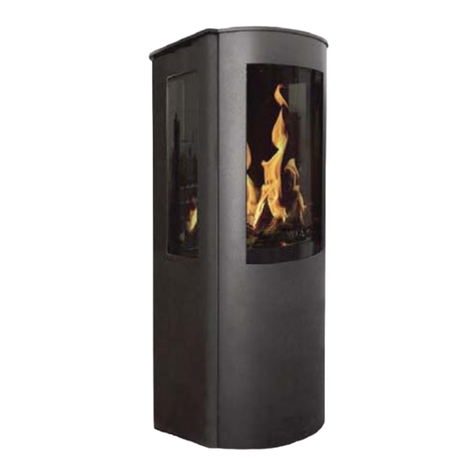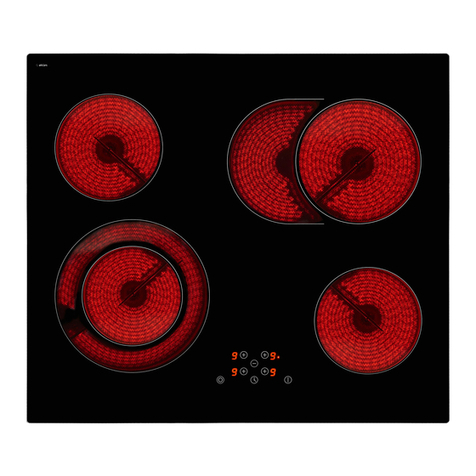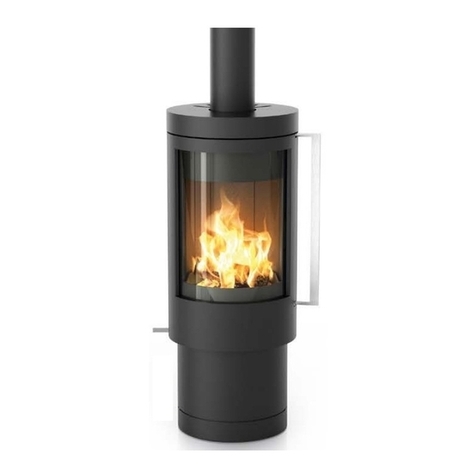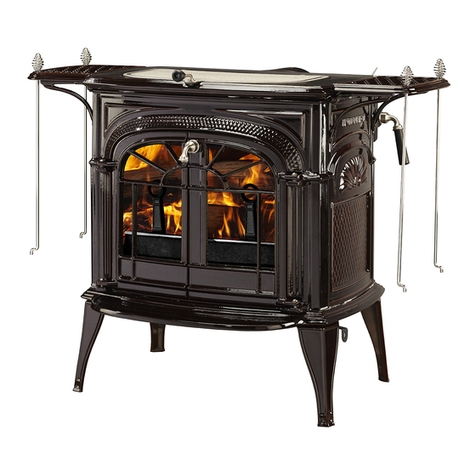
Introduction
In many ways, the Progress Hybrid was inspired by our customers’ request for a larger wood stove
capable of heating large spaces. Many wanted the choice of top or rear venting and right or left side
loading. A large ash pan option also made the list. Of course everyone wanted a grand view of the mes-
merizing flames. All of these features made it into the final design, but this was not good enough for us.
We wanted this new wood stove to exceed the efficiency of any stove in production and deliver its soul
soothing warmth with one of the most efficient burns, and lowest emissions in the industry. How could
we achieve these goals? Hybrid technology.
Why is the Progress called a Hybrid? It is a hybrid because it combines two distinct and proven com-
bustion technologies to achieve our goals of high efficiency and low emissions. Government regulations
and increased public concern regarding air quality over the past few decades have led the wood stove
industry to develop cleaner burning stoves. These stoves have used either catalytic combustors or a sec-
ondary combustion system- until now. The Progress Hybrid is the first wood stove in the industry to
combine these two systems and reap the benefits of both to produce one of the cleanest burning and
most efficient stoves available today. Each system on its own has distinct advantages. A brief description
is below followed by a more detailed explanation.
Catalytic Combustors:
• Burn wood smoke starting at 500° F
• Operate best at low to moderate burn rates
• Yield clean, efficient, long duration burns
• Add to wood stove efficiency by generating heat from burning wood smoke
Secondary Combustion Systems:
• Burn wood smoke starting around 1000° F
• Operate best at moderate to high burn rates
• Deliver maximum heat output
• Provide a very active fire that is great for viewing
Catalytic combustors are well suited for longer duration, moderate burning. They have the ability to
break down the organic compounds in wood smoke at lower temperatures. This leads to a cleaner burn
than older stoves that allowed the wood to smolder when choked down for longer burn times. The cat-
alytic reaction reduces harmful combustion by-products to mainly water vapor and carbon dioxide. As
the compounds are broken down through this reaction a substantial amount of heat is released as well.
This extra heat increases the overall efficiency of a catalytic wood stove. The combustor has the ability to
take advantage of the fuel value of the wood smoke before the smoke leaves the stove as pollution and
wasted energy.
Secondary combustion systems are designed to maximize efficiency and reduce emissions as well, but
they operate differently. The secondary combustion system incorporates a secondary air source to ignite
the volatile gases produced by the wood burning in the firebox. This reaction requires temperatures over
1000 degrees F to effectively start breaking down the organic compounds in the wood smoke. Secondary
combustion systems will work best in a stove that is designed to maintain high firebox temperatures
and allow the right amount of secondary combustion air into that high temperature area. The gases burn
at very high temperatures as the smoke is broken down into simpler compounds in the firebox.
The Progress Hybrid incorporates a large catalytic combustor as well as a secondary combustion sys-
tem. It has been designed to deliver the maximum amount of heat from the wood and smoke it burns
while minimizing the pollution released to the atmosphere. One simple lever controls the flow of pri-
mary as well as secondary air into the firebox. The amount of air, temperature of the firebox, and the
amount of fuel (smoke and gasses) present will dictate which system (or both) is most active. Simply
allowing more air into the firebox will generate more heat there, while also increasing the amount of
